lei-pā
Darcell Apelu, Sione Monu, Kerry Ann Lee, LI Liao, LI Jinghu, LIU Weiwei, Natalie Robertson, HUANG Songhao, Salome Tanuvasa, Angela Tiatia, Vaimaila Urale.
Curated by Lana Lopesi and Ahilapalapa Rands
Galleries One and Two
4 August 2017 - 8 September 2017
lei-pā: roomsheet, activity book, and publication
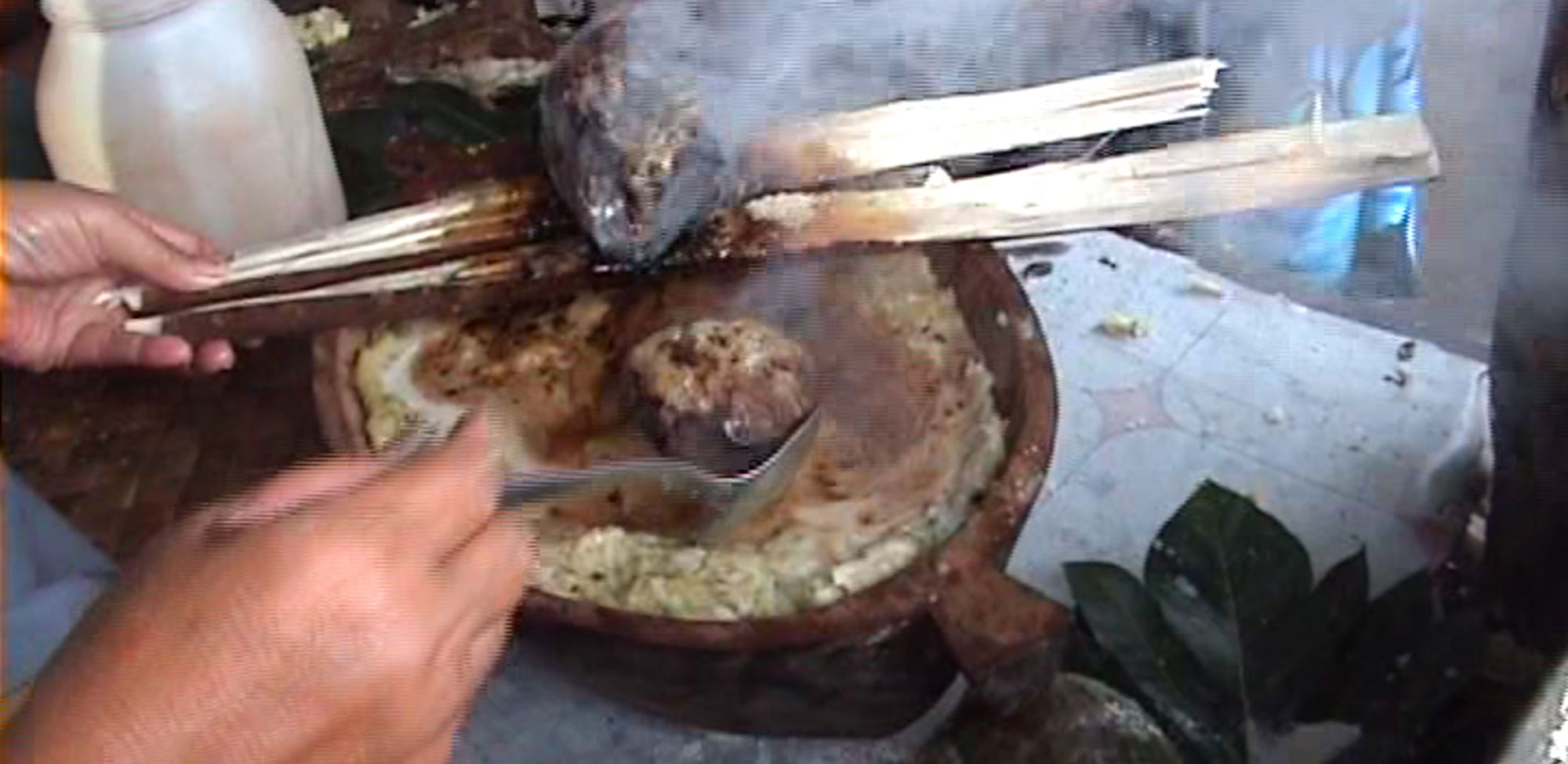
Vaimaila Urale, Koko & Taufolo (video still), 2009. Image courtesy of the artist.
Food is inherently political: who it represents, how it’s shared and how it’s produced. Across Moana-nui-a-Kiwa, plantations of copra, cacao, sugar, pineapple and vanilla have been the basis of multiple waves of migrant and slave labour trades, including colonial empires turning to Asia as a labour force.
While the connection of indigenous communities and Asian labour migrants initially came through colonial plantations, long-lasting relationships formed outside of this imperial canon. International attitudes towards indentured labour changed at the start of the 20th Century and indentured labour ceased in Fiji in 1920, and 1931 in Samoa and Hawaii. Fiji and Samoa went on to gain independence toward the end of the century while Hawaii still remains a colony of America. Many labourers returned to their various homelands across Asia while a significant number decided to settle in the islands long term.
For lei-pā, we focus on food as a signifier of such relationships. In both Hawaii and Samoa staple diets changed through the introduction of new Asian food technologies, such as noodles, rice and pastry. Foods such as sapasui, keke pua’a and masubi borrow from these new technologies, becoming local delicacies. Moreover, these highlight the power indigenous people have to adopt and adapt new food in their own diets, a sovereignty which doesn’t always exist in colonised lands across this vast ocean.
The plantation is a site where we not only cultivate crops but also trauma, resilience and hybridity. Through a variety of artistic approaches, lei-pā uses food and labour to open up conversations of cultural exchange across Moana-nui-a-kiwa. Through shared traumas of sorts, we can bypass the empire and talk directly to each other as we have been doing for thousands of years.
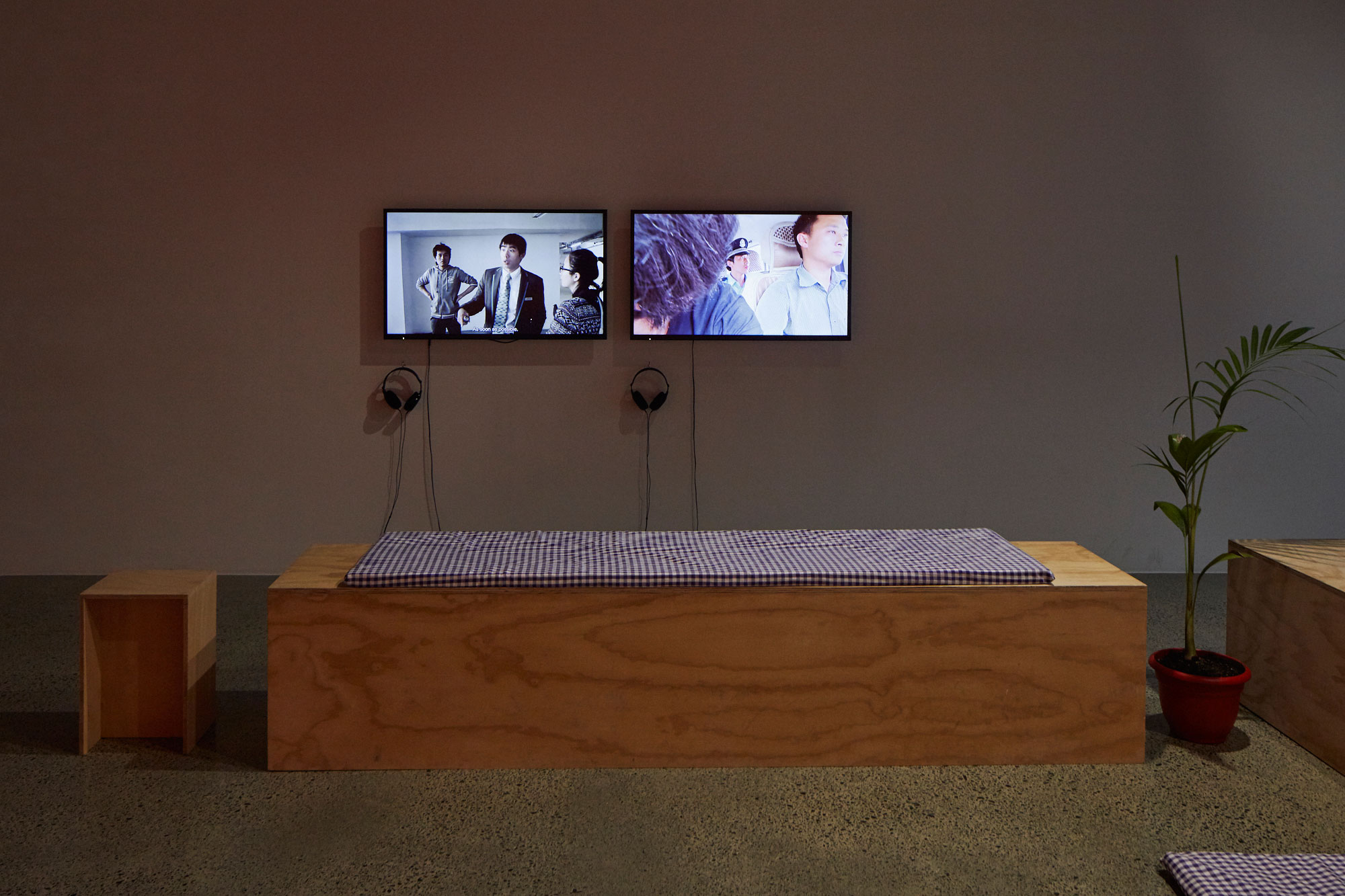 HUANG Songhao, A Surplus Day, 2013. Single Channel video, 05:40mins (left) and LIU Weiwei, Missing People, 2013. Single-channel video, 10:39mins (right). Photo: Sam Hartnett.
HUANG Songhao, A Surplus Day, 2013. Single Channel video, 05:40mins (left) and LIU Weiwei, Missing People, 2013. Single-channel video, 10:39mins (right). Photo: Sam Hartnett.
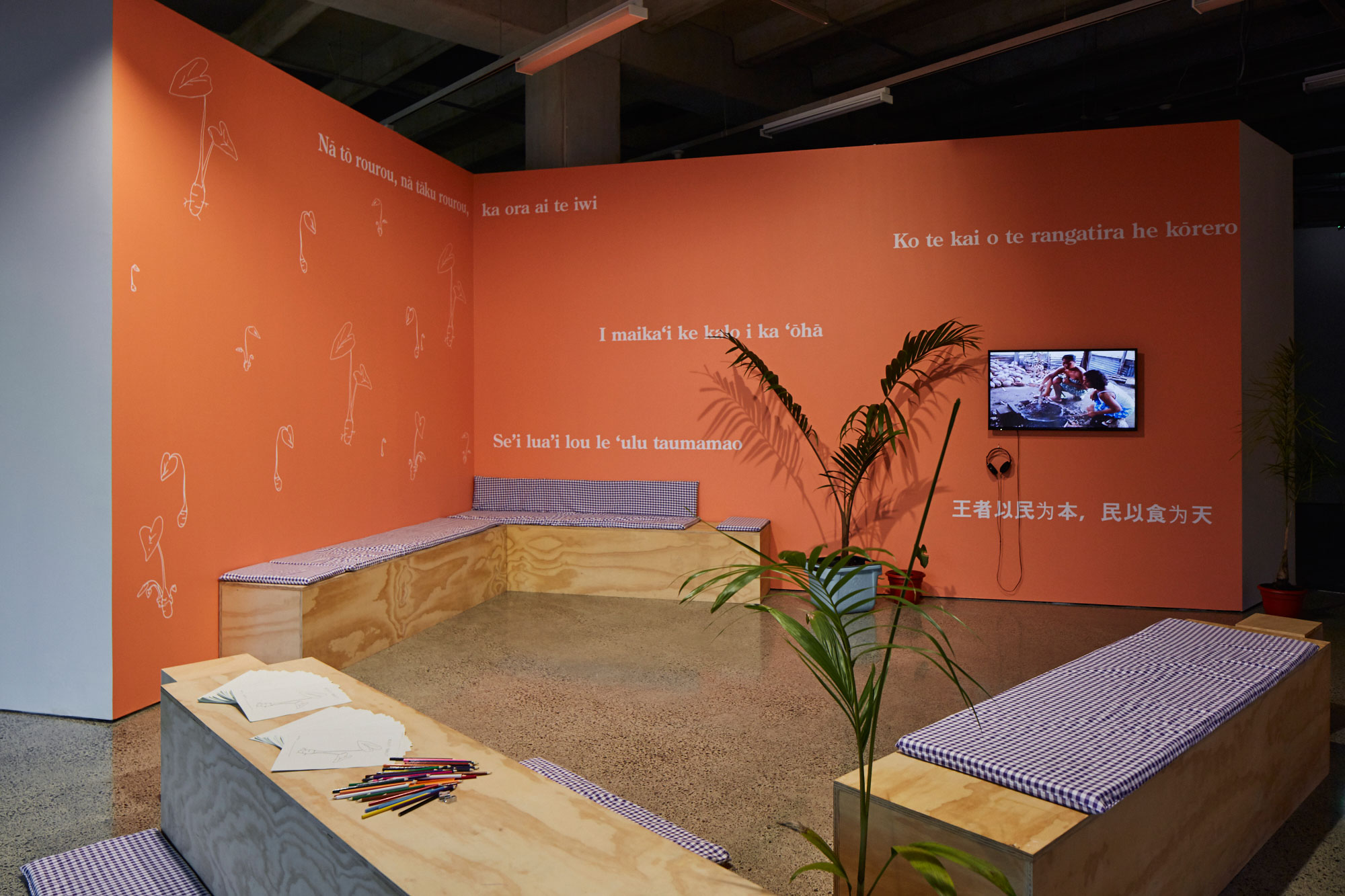
Whānau room. Photo: Sam Hartnett.
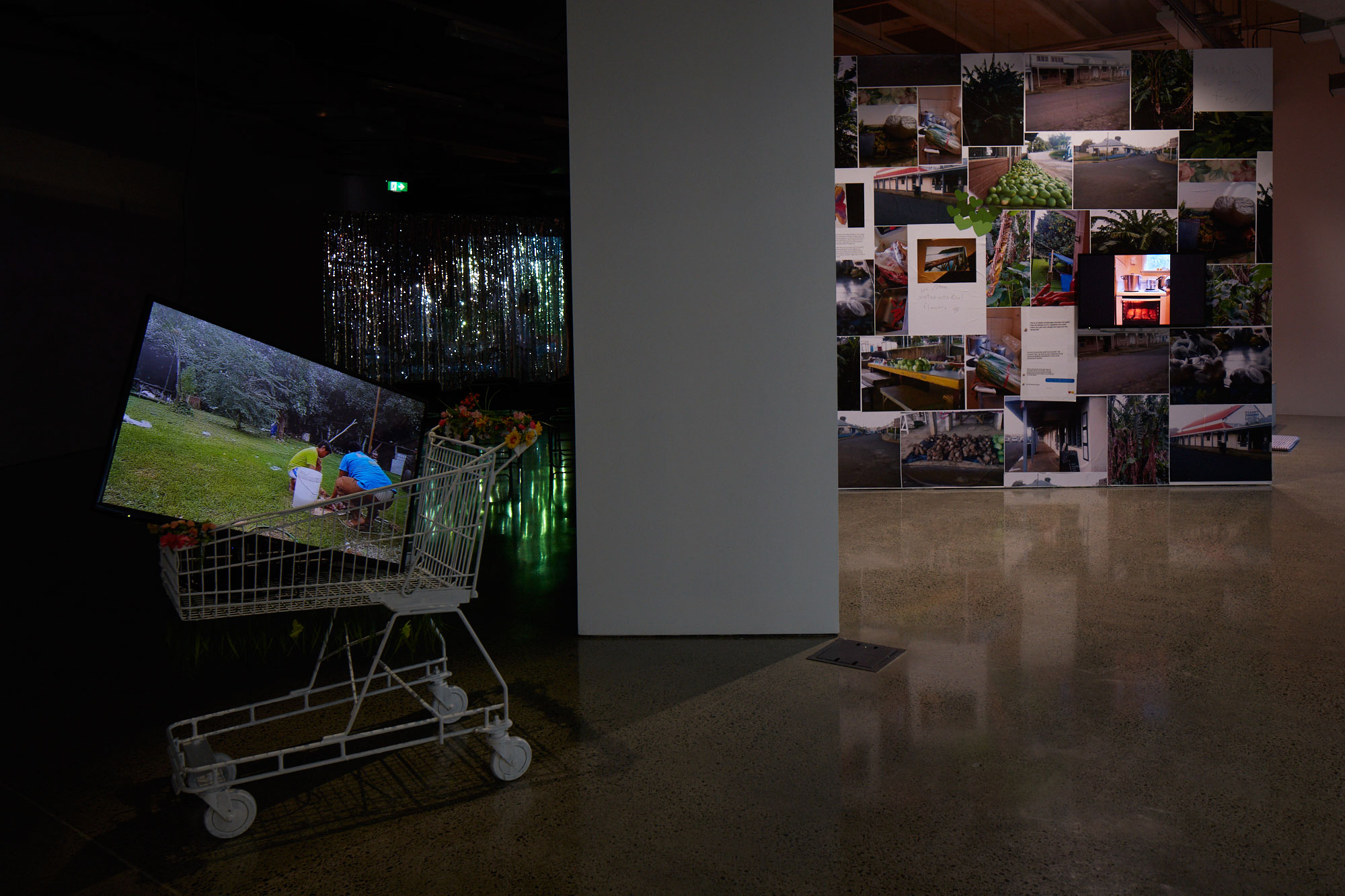 lei-pā (installation view), 2017. Photo: Sam Hartnett.
lei-pā (installation view), 2017. Photo: Sam Hartnett.
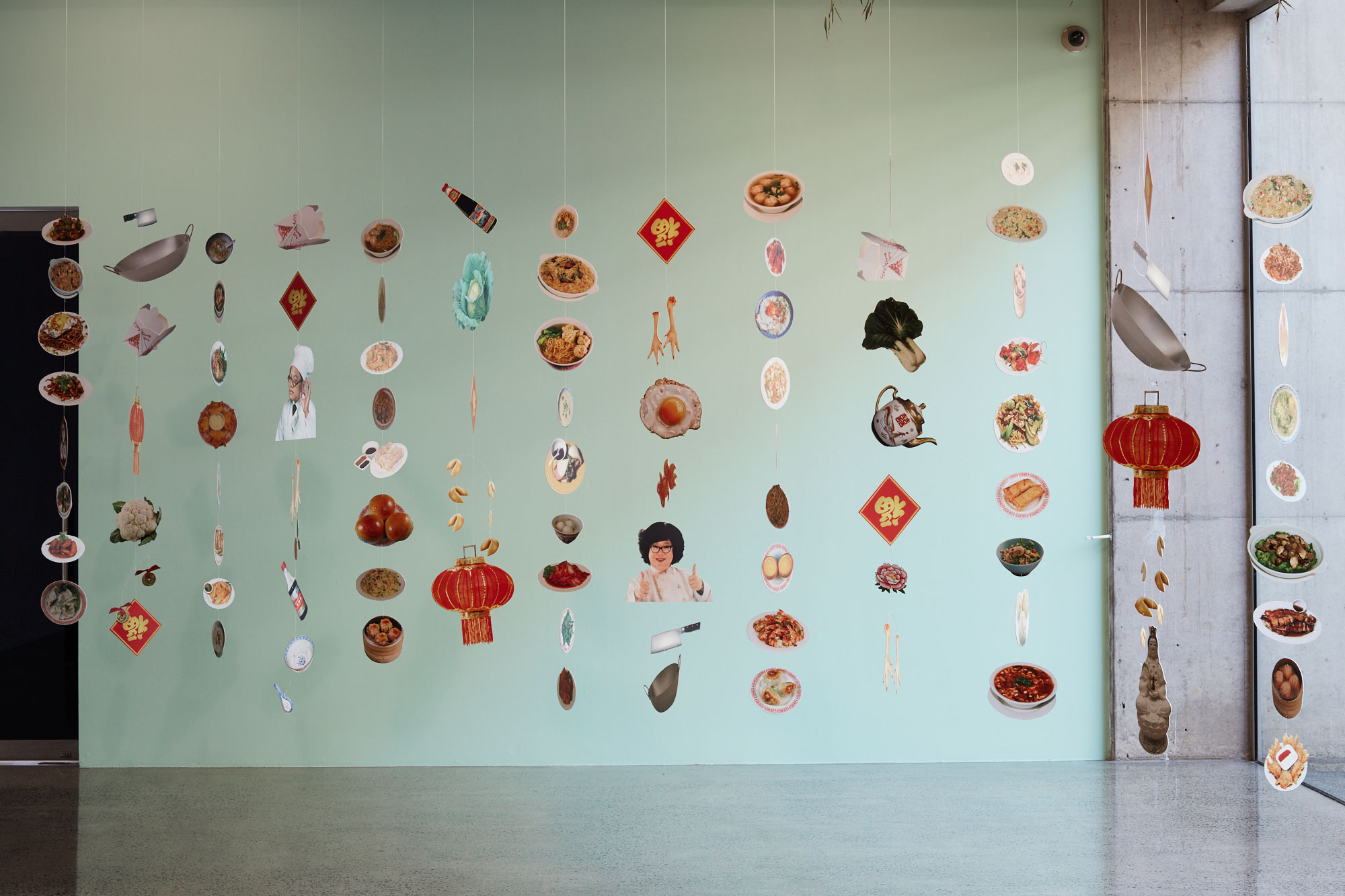 Kerry Anne Lee, Same but different, 2017. Mixed media installation. Photo: Sam Hartnett.
Kerry Anne Lee, Same but different, 2017. Mixed media installation. Photo: Sam Hartnett.
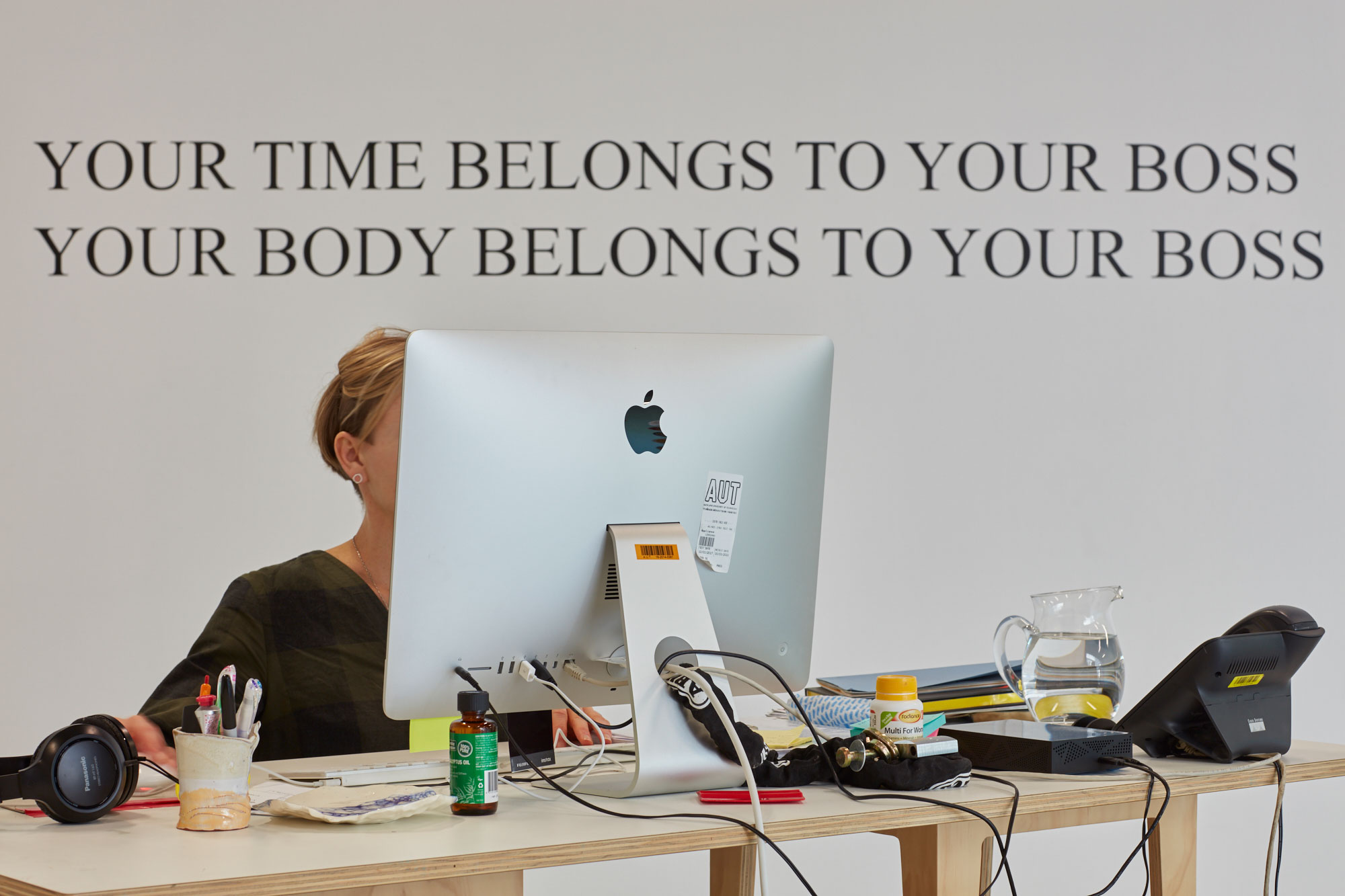
LI Liao, AN EYE FOR AN EYE, A TOOTH FOR A TOOTH, 2016. Performance and installation, 04:53mins. Photo: Sam Hartnett.
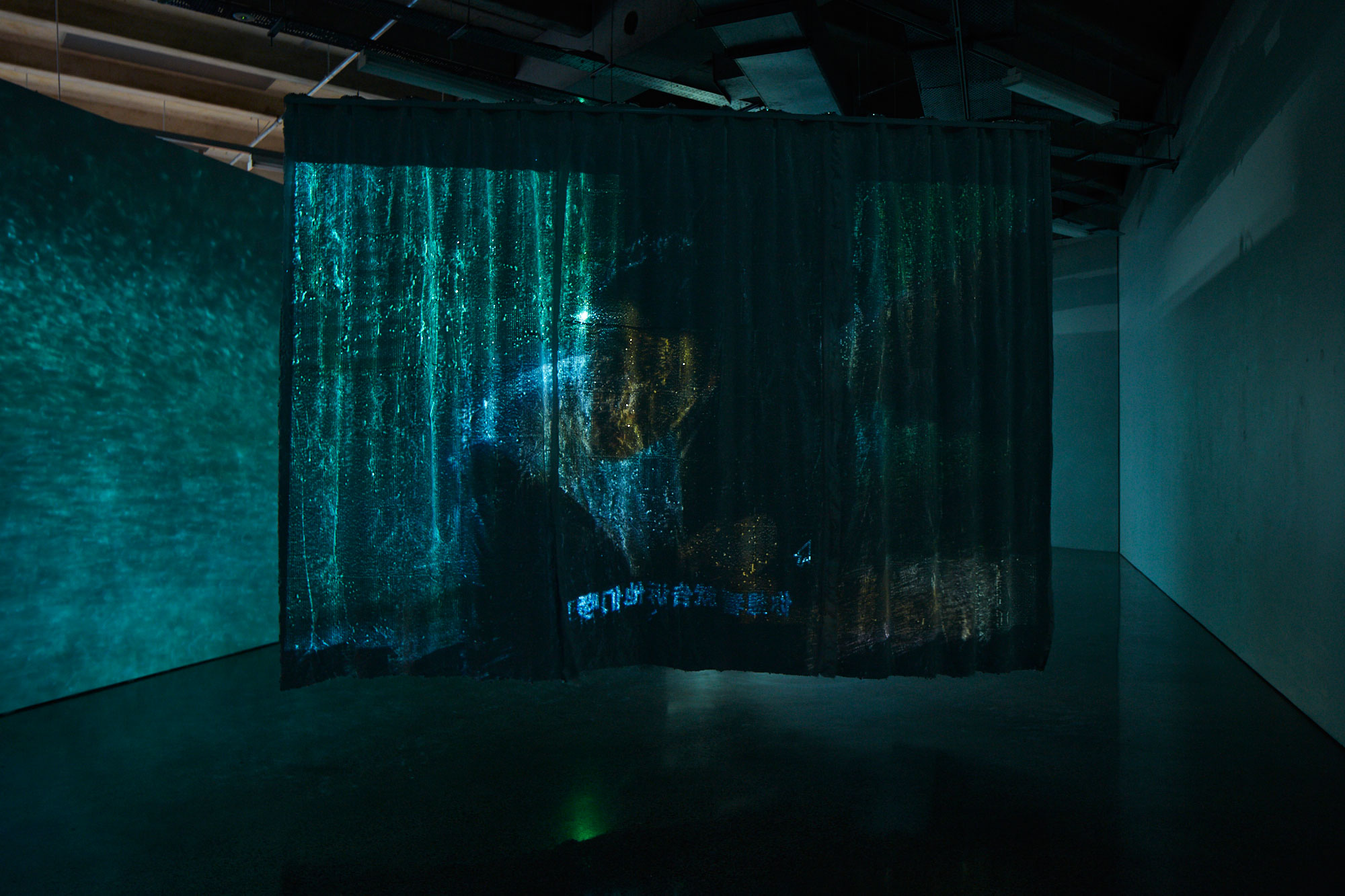
LI Jinghu, Today’s Screening, 2014. Video installation, 6:10:02hrs. Photo: Sam Hartnett.
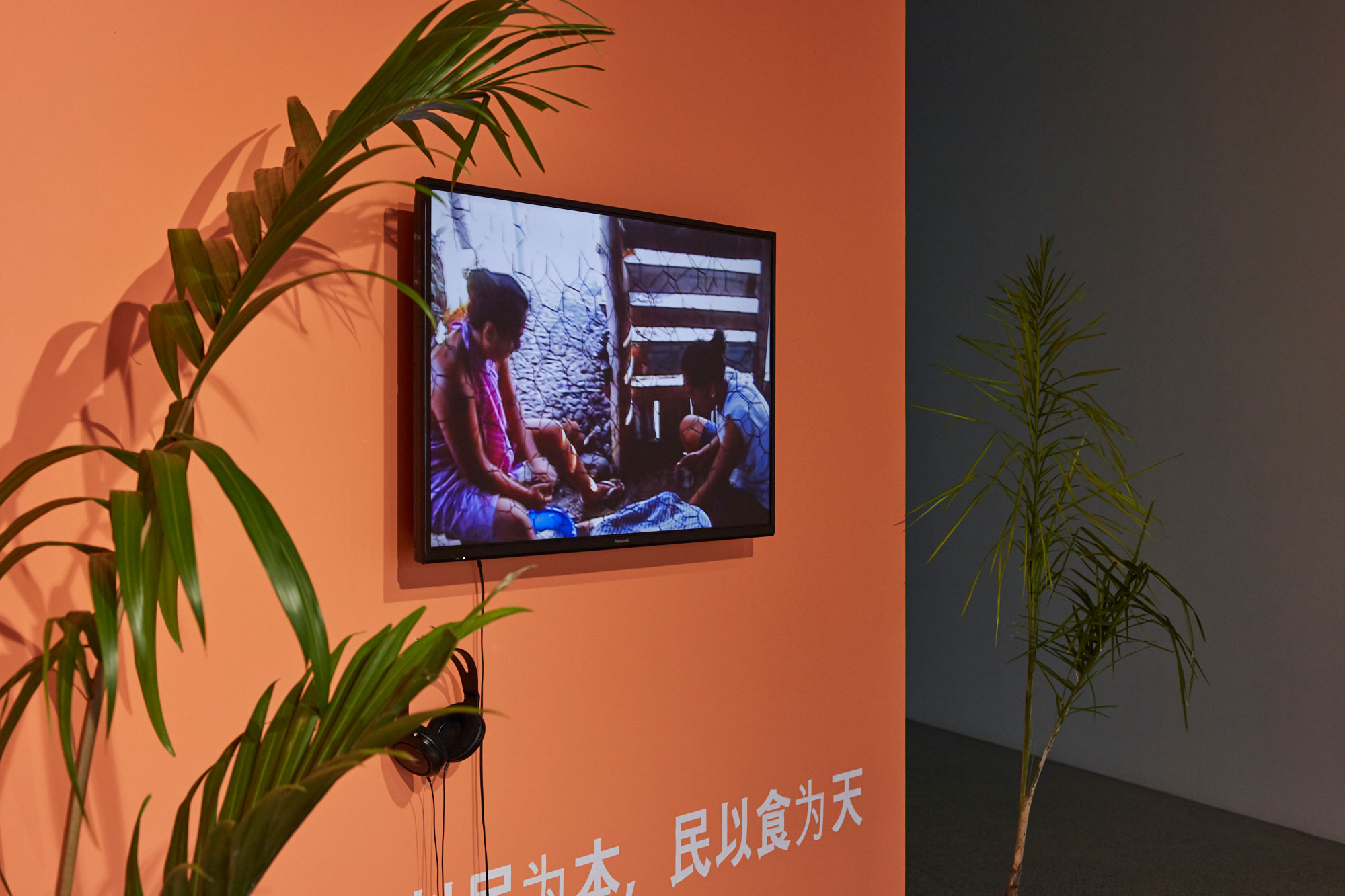
Vaimaila Urale, Koko & Taufolo, 2009. Single-channel video, 24:30mins. Photo: Sam Hartnett.
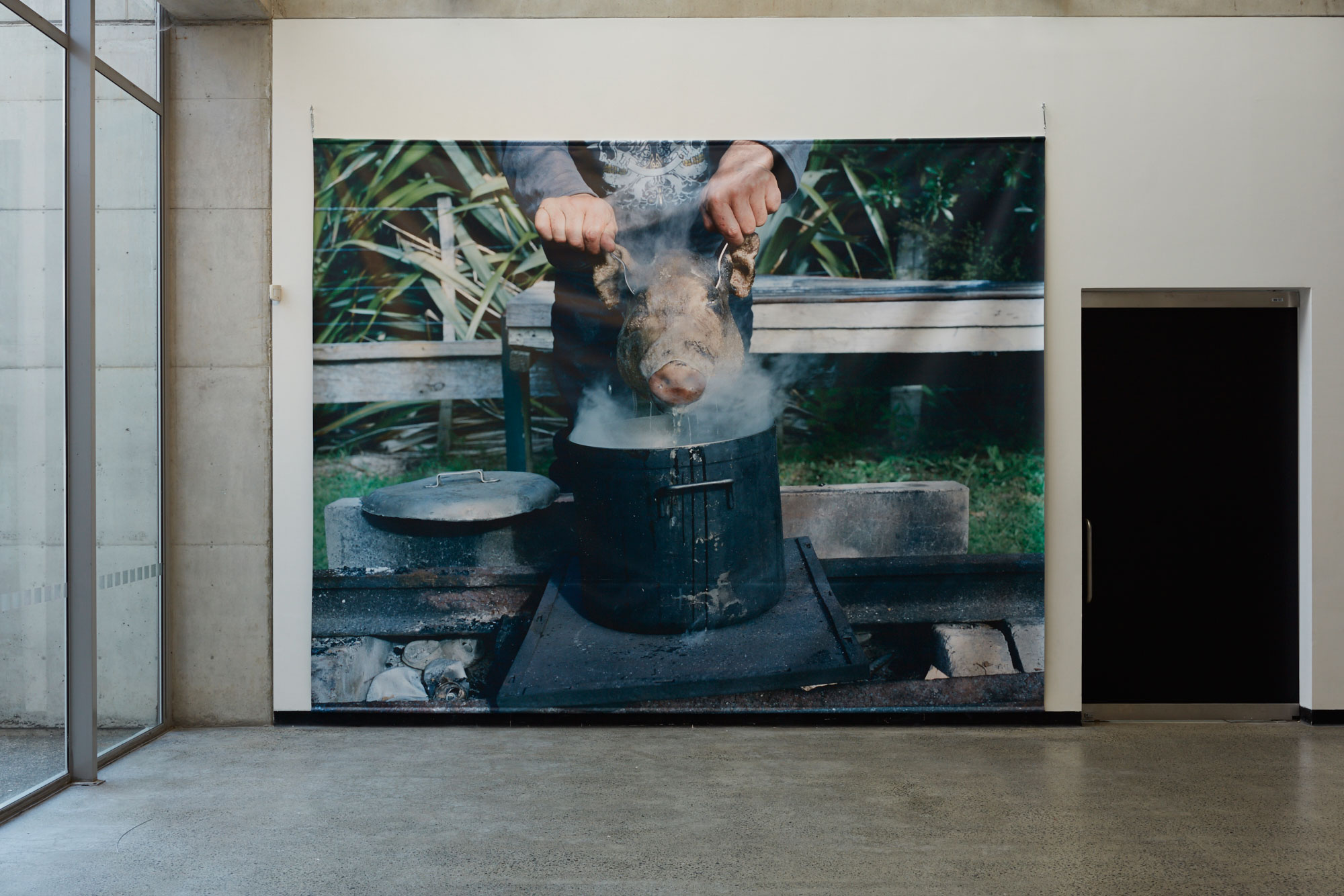
Natalie Robertson, Boiled pig head, Te Rimu, Tikapa, 2012. PVC print. Photo: Sam Hartnett.
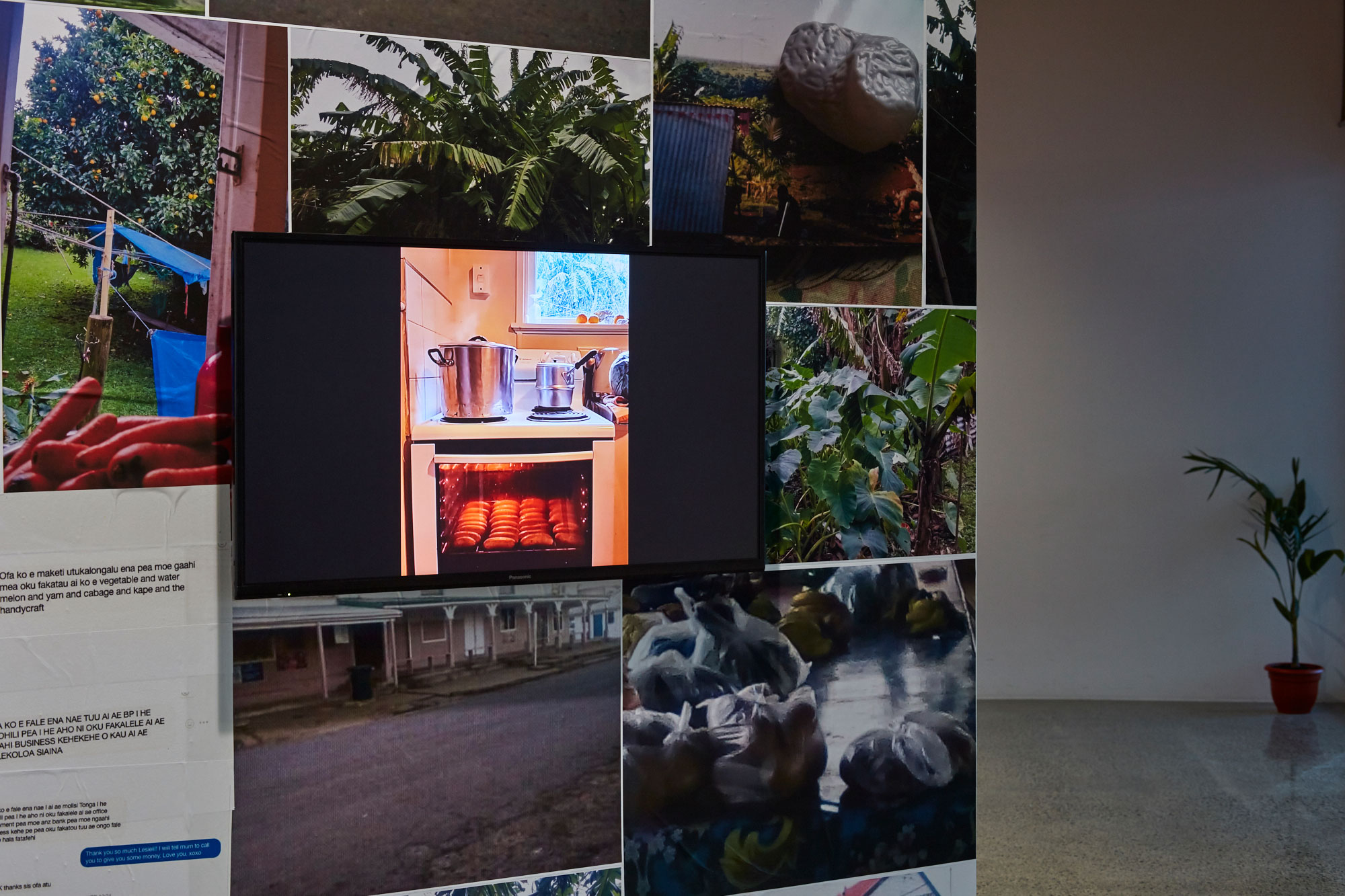
Salome Tanuvasa, Home, 2017. Video installation, 02:06mins. Photo: Sam Hartnett.
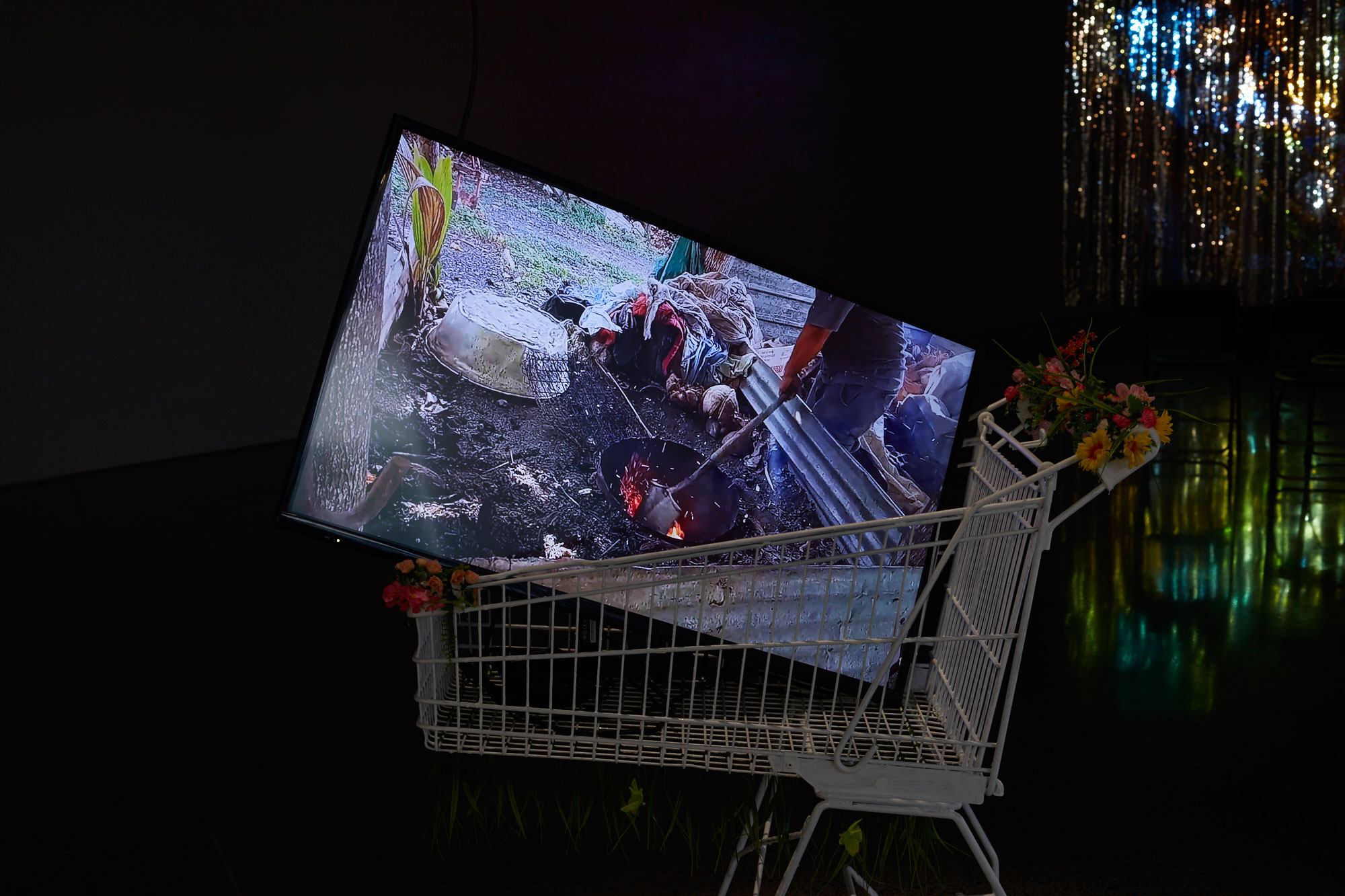
Sione Monu, it’s not a simple life, it’s a natural one, 2017. Video installation, 03:23mins. Photo: Sam Hartnett.